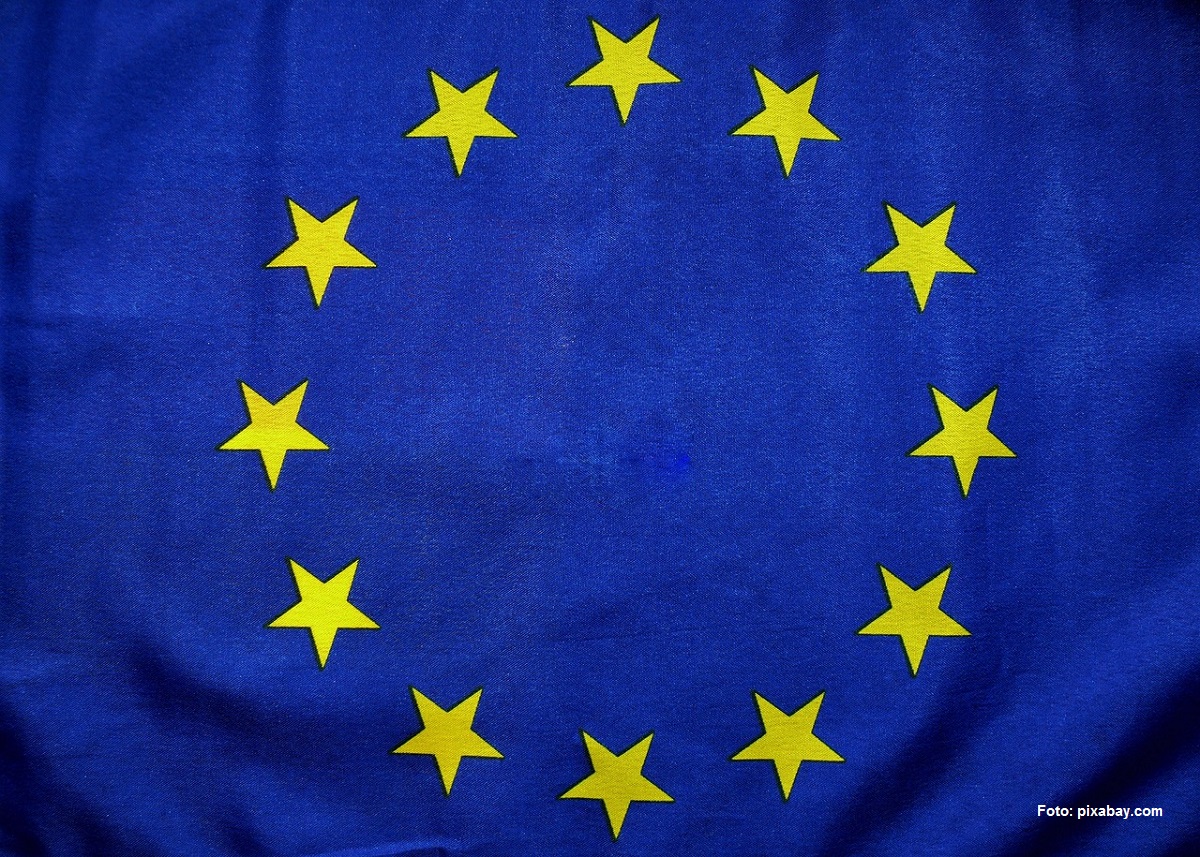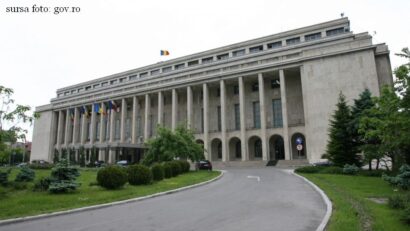Romania fulfils its duty in the Schengen area
Seven months after joining the Schengen free movement area, Romania says it has quickly adapted and implemented measures to compensate for the elimination of regular border controls.

Daniela Budu, 11.08.2025, 14:00
Romania became a full-fledged member of the world’s biggest free-movement area on 1st January 2025, after the EU’s Justice and Home Affairs Council of December 2024 decided to eliminate controls on Romania’s land borders with Bulgaria and Hungary. Earlier, controls on air and maritime borders had been eliminated on 31st March 2024. Entry to Schengen, an area with 29 member states and some 450 million inhabitants, makes travel easier, stimulates trade exchanges and boosts the country’s tourist attractiveness.
Seven months after accession, the Romanian border police says safety remains its priority and that it has adapted quickly and has implemented measures compensating for the lack of regular checks. In a press release, the border police mentions increased drone surveillance, operative special vehicles, thermal vision cameras and radar systems and vessels to monitor the borders. Surprise checks are also being conducted in the border area and on the nearby roads, and training is ongoing.
With respect to illegal migration and crime, the Romanian border police said 110 persons are being investigated for migrant trafficking, and some 800 migrants have been prevented in the last seven months from illegally crossing the border. At airports, some 700,000 checks have been conducted in the case of intra-Schengen passengers, using eDAC mobile terminals. This led to the discovery of 60 persons who were staying illegally, 50 false documents and 40 wanted persons. 77,000 Romanian minors were checked upon leaving the country, with more than 200 not fulfilling legal travelling conditions.
Referring to international cooperation, the Romanian border police has announced joint actions with Bulgaria and Hungary to prevent illegal migration, as well as contributing staff to the Bulgarian-Turkish border, alongside colleagues from Austria and Hungary. In the first seven months of the year, it continued to work on the safety of the EU’s external borders, together with partners from the neighbouring countries Hungary, Bulgaria, Serbia, Ukraine and the Republic of Moldova. Over 4,500 joint actions were carried out, from surveillance missions to individual operations, all conducted in collaboration with border authorities in the region.
According to the Romanian border police, the borders are now safer and more efficient because the working methods were improved at border crossings and the green border areas in order to respond to any situation quickly. Waiting times were considerably lower, without taking anything away from the level of control and vigilance. The border police also says in its statement that in the first seven months of the year, Romania demonstrated it can ensure the security of the EU’s external borders even in the lack of fixed borders with Hungary and Bulgaria. We have adapted quickly, we have responded promptly and have focused on protecting citizens and supporting free movement, the press release also says.






























